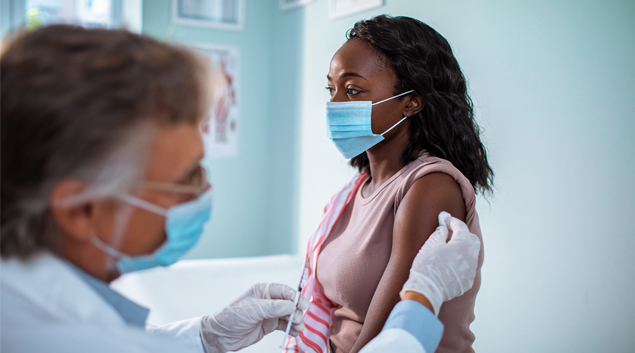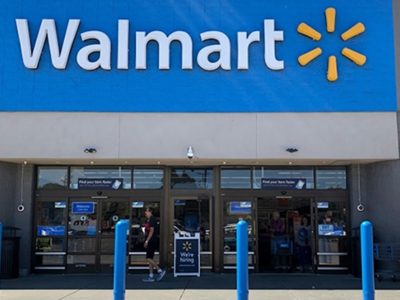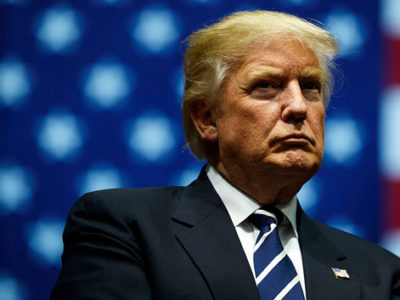
The Heart for Medicare and Medicaid Innovation has introduced that 51 supplier and accountable care organizations are taking part in direct contracting, the brand new danger mannequin that has advanced from Subsequent Technology.
The implementation interval, which started in October and runs via March 31, 2021, supplies time for the direct contracting entities to arrange for the primary efficiency 12 months, which begins on April 1, 2021. Organizations want to enroll beneficiaries, construct a historical past of claims information and set up care coordination practices earlier than monetary accountability begins in April.
The 51 direct contracting entities serve beneficiaries in 39 states in addition to within the District of Columbia and Puerto Rico.
HIMSS20 Digital
Be taught on-demand, earn credit score, discover merchandise and options. Get Began >>
Direct contracting is the subsequent accountable care mannequin from the CMS Innovation Heart. To this point, Subsequent Technology has been the ACO of highest danger and reward.
The Subsequent Technology accountable care group mannequin was initially scheduled to sundown on the finish of this 12 months after a five-year run. CMS gave the mannequin an extension to the tip of December 2021, after quite a few organizations requested that the deadline be moved as a result of challenges brought on by the COVID-19 pandemic.
There can be extra alternatives for organizations to hitch the direct contracting mannequin, together with a 2022 begin date, after the Subsequent Technology ACO mannequin ends. Many Subsequent Gen contributors are becoming a member of the direct contracting mannequin in 2022.
WHY THIS MATTERS
Direct contracting is a voluntary, five-year different fee mannequin aimed toward lowering expenditures for Medicare fee-for-service beneficiaries.
CMMI aimed to encourage participation for a broad vary of organizations and doctor practices that haven’t usually participated in different CMMI fashions.
Direct contracting builds upon classes realized from the Medicare Shared Financial savings Program and the Subsequent Technology ACO mannequin. It additionally leverages modern approaches from Medicare Benefit and personal sector risk-sharing preparations, CMS mentioned.
Danger-sharing fee mannequin choices embody the decrease risk-sharing association of fifty% financial savings and losses and has major care capitation, a capitated, risk-adjusted month-to-month fee for enhanced major care companies.
The worldwide possibility gives the best risk-sharing association of 100% financial savings and losses and supplies two fee choices: the first care capitation of the primary possibility or complete care capitation, which is capitated, risk-adjusted month-to-month fee for all companies supplied.
The mannequin has three varieties of contributors: Customary, which consists of organizations that usually have expertise serving Medicare FFS beneficiaries and will have beforehand participated in Subsequent Technology, Pioneer or MSSP; new entrants; and excessive wants inhabitants direct contracting entities.
The latter serve Medicare FFS beneficiaries with complicated wants, together with dually-eligible beneficiaries.
Kevin J. Conroy, CFO and chief inhabitants well being officer at CareMount Well being Options in New York, mentioned the doctor group has lengthy participated in value-based packages utilizing inhabitants well being analytics and has seen a lot success within the Subsequent Gen program. CareMount is staying with Subsequent Technology for the extra 12 months and expects to hitch the direct contracting mannequin in 2022.
Direct contracting wants clarification across the benchmark when 2020 cannot be thought of a traditional 12 months, he mentioned.
Final month, CMS launched extra info on the monetary features of the mannequin.
CareMount is a doctor’s apply ACO that, like many suppliers and particularly being in New York Metropolis, needed to modify whereas the COVID-19 pandemic surged within the space.
CareMount invested closely in infrastructure and expertise for value-based care, Conroy mentioned. Years in the past it made the choice to put money into analytics and a tech platform for in-house inhabitants well being.
“We’re knee deep within the street to worth,” Conroy mentioned. “We’re making an attempt to construct an built-in community of suppliers.”
Greater than midway via the 12 months, telehealth has proved to achieve success. Physicians had 1,600 to 1,700 televisits per week in the course of the top of the pandemic in New York Metropolis.
“We’re again right down to 95% of in-person exercise,” Conroy mentioned. “Telemedicine has dropped right down to 250 visits per week.”
THE LARGER TREND
Well being programs which have greatest weathered COVID-19 are those who have moved from fee-for-service to worth, Conroy mentioned. It is because via a capitation mannequin there are monetary preparations no matter utilization, whereas fee-for-service relies on utilization, with no income coming in in the course of the top of the pandemic when all elective procedures have been postponed.
ON THE RECORD
“This preliminary direct contracting cohort demonstrates sturdy curiosity on this new mannequin,” NAACOS mentioned. “These preliminary contributors must be recommended for his or her dedication to enhancing the standard of take care of Medicare sufferers whereas reducing spending.”















